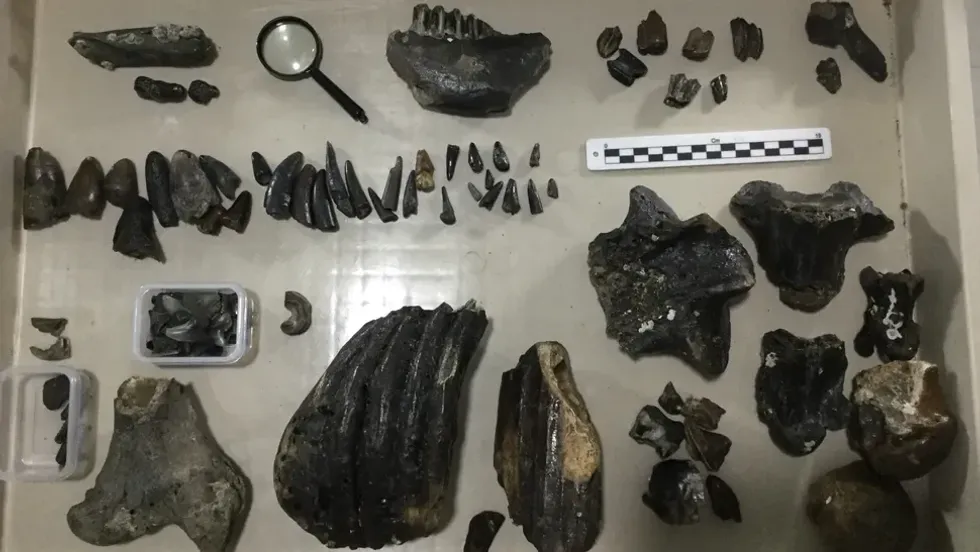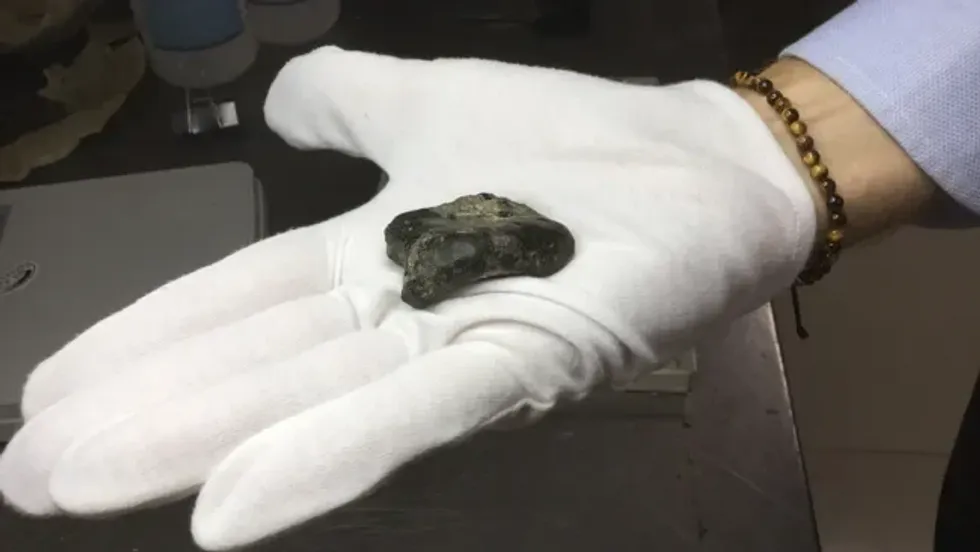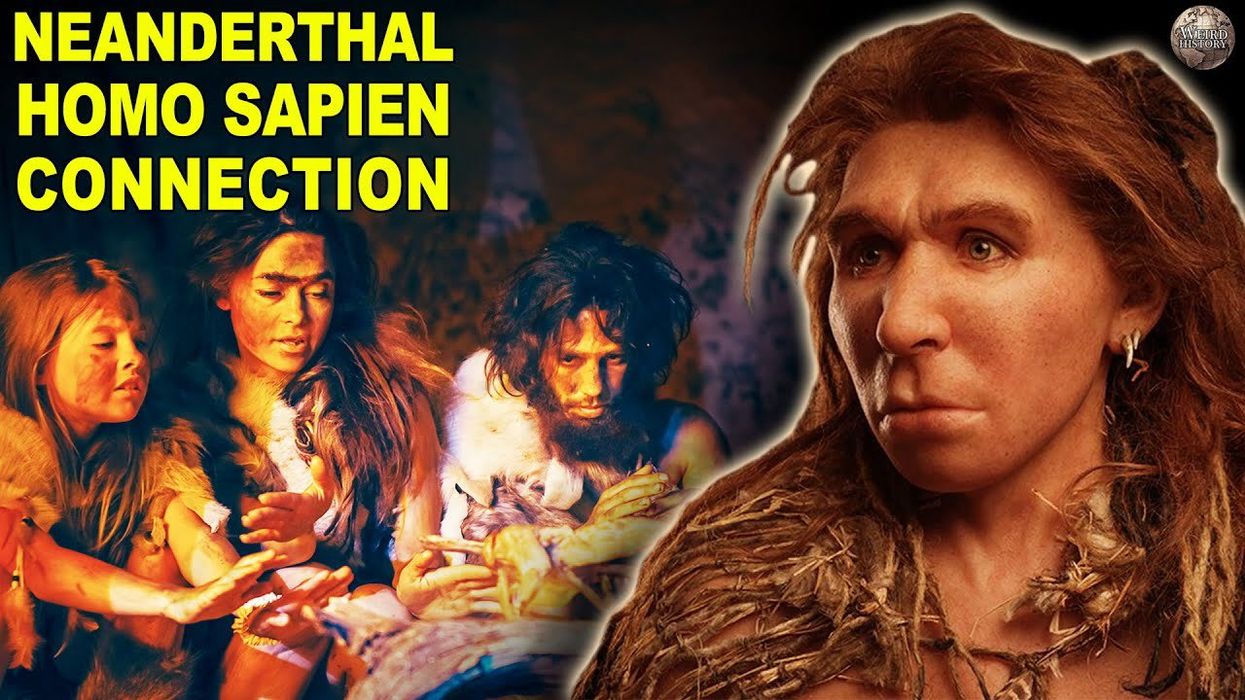Gregory Robinson
May 28, 2025
Did Homo Sapiens Really Mate With Neanderthals?
Ranker Inc. / VideoElephant
Deep underwater off the coast of Indonesia, scientists have made a shocking discovery that could unearth secrets about human history.
Skull fragments of Homo erectus, an ancient human ancestor, were discovered amongst a landmass of a 140,000-year-old city in the depths of the sea in the Madura Strait between Java and Madura. The landmass was a former valley when sea levels were lower is now submerged by the Madura Strait, a body of water in Southeast Asia.
Along with the skull, 6,000 animal fossils were discovered from 36 different species, including Komodo dragons and elephants.
The fossils show deliberate cut marks which serves as evidence that early humans were using sophisticated hunting techniques while living in the now-submerged ‘city’.
The bones of the extinct human ancestor recovered reveal a previously unknown population of Homo erectus lived in the location known as Sundaland (no, not Sunderland in the UK).

The bones mark the first time that scientists have seen fossils from the submerged part of the location which was once a vast area with open plains around 140,000 years ago. Its rivers had fish, turtles, river sharks, hippos and other marine life.
“The Madura Strait hominins may have developed this hunting strategy independently,” said lead study author Harold Berghuis while talking to Live Science. "But the other possibility is that we are looking at a kind of cultural exchange."
Homo erectus first emerged at least two million years ago and was the first human species to migrate out of Africa. After finding their way to Southeast Asia, the species eventually went extinct while our species, Homo Sapiens, arrived in Southeast Asia around 77,00 years ago.In separate news, scientists have uncovered a “hidden chapter” in the history of human evolution. It’s known that Homo sapiens, emerged from Africa around 300,000 years ago, but knowledge of what happened before that has been rather sparse.
However experts from the University of Cambridge have made a significant discovery that suggests human beings came from at least two different ancestral groups.

The groups, labeled Group A and Group B, are thought to have separated around 1.5 million years ago with the possibility that one ancestral population trekked miles away to a new area.
When those two groups reunited around 300,00 years ago and began breeding is when human beings as we know it were formed, with Group A responsible for around 80 per cent of genetic makeup and Group B, 20 per cent.
The discovery was made thanks to data from the 1000 Genomes Project – “the largest public catalogue of human variation and genotype data” from populations around the world. However, experts are still unsure about where exactly this reunification of the groups happened.
Why not read...
Tibetan Plateau residents show how humans are still evolving today
A 500 million-year-old fish could explain the jaw-dropping reason we evolved teeth
Sign up for our free indy100 weekly newsletter
How to join the indy100's free WhatsApp channel
Have your say in our news democracy. Click the upvote icon at the top of the page to help raise this article through the indy100 rankings
Top 100
The Conversation (0)














